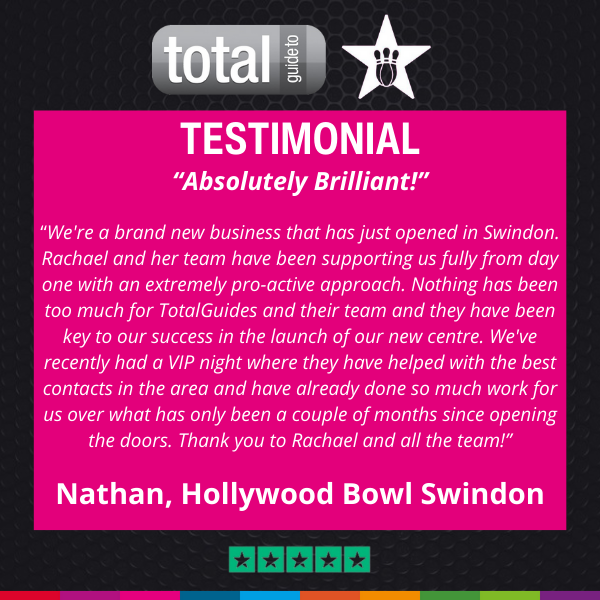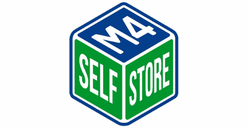In case you missed it see what’s in this section
Let's Talk
The Art of Disguise: Mastering Native Advertising in Today's Digital Landscape
In the world of online marketing, a type of ad called "native advertising" has become very popular. These ads are special because they fit in smoothly with the website or app they're on, without annoying the audience like regular ads can. Native ads look and work like the site they're on, making them interesting and useful to people who see them. This isn't just about making ads look like they belong; it's about making the experience better for the user in a way that feels natural and enjoyable. Let's dive into the nuances of mastering native adv in today's digital landscape.
Meaning Native Advertising
Native ads can be things like sponsored posts on social media or articles recommended on websites. The trick to making good native ads is to have them fit in so closely with everything else that people might not even notice they're ads. This subtlety is what sets native advertising apart and makes it so effective.
- Sponsored Social Media Posts. These look like regular posts but are tagged with a "sponsored" label.
- Recommended Content. Often found at the bottom of articles, these are designed to mimic the look of the site's regular content.
- In-Feed Ads. Ads that show up smoothly as part of the regular articles or posts, looking and sounding just like the other non-ad stuff you read.
The Benefits of Native Advertising
Native advertising has a lot of advantages. It helps advertisers achieve their aims and makes things better for the people who see the ads. Here are a few key advantages:
- Enhanced User Experience. By looking and feeling like the rest of the site, native ads don't get in the way of what you're doing online, which means more people pay attention to them.
- Higher Engagement Rates. Because they're more relevant and less intrusive, native ads often see higher engagement than traditional ads.
- Builds Trust and Credibleness. Good native advertising can make a brand seem more trustworthy, especially when it's on well-known websites.
Mastering the Art of Disguise in Native Advertising
To be really good at native advertising, you need to truly understand your audience, be creative in making content, and be smart about where you place your ads. Here's how you can excel in the art of disguise with your native ads:
1. Know Your Audience
Knowing what your audience likes, how they act, and what they like to read or watch is very important. Make your native ads fit what your audience is interested in and needs, so your ads are relevant and get their attention.
2. Craft Quality Content
The content of your native ad should offer value to your audience. For your native advertising to work well, it's important that the content is good, whether it teaches something, is fun to watch, or gives useful information.
3. Choose the Right Platform
Not all platforms will be suitable for your native advertising efforts. Select platforms where your target audience is most active and where your content can naturally blend in.
4. Maintain Transparency
Even though your ad needs to fit in with the site's other content, it's still important to be clear and honest with the people who see it. Use clear labels like "sponsored" or "ad" to avoid misleading your viewers.
Implementing Native Advertising: A Step-by-Step Approach
To implement an effective native advertising campaign, follow these steps:
- Define Your Objectives. What do you hope to achieve with your native advertising campaign? Whether it's brand awareness, lead generation, or sales, having clear objectives will guide your strategy.
- Identify Your Target Audience. Who are you trying to reach with your native ads? Understanding your audience will inform your content creation and platform selection.
- Create Compelling Content. Your content should be engaging, valuable, and tailored to your audience. Consider what type of content will resonate most with your viewers and encourage them to take action.
- Select the Right Platforms. Choose platforms that align with your audience's habits and preferences. Every platform is different, with its own special traits and types of people who use it. Choose the ones that match what you want to achieve with your ads.
- Track and Improve. Use tools to see how well your native ads are doing. See how much people are engaging with your ads, what they do after seeing them, and how much profit you make from them. Use this information to make informed changes and improve your next ad campaigns.
The Future of Native Advertising
As digital platforms continue to evolve, so too will the strategies behind native advertising. We'll probably see more advanced native ads that use technologies like AI and machine learning to better match ads to people. The future of native advertising depends on keeping up with new changes online while keeping the audience's trust and attention.
Conclusion
The skill of blending ads in with other content is a smart move in digital marketing today. By paying attention to what the audience wants, making great content, and choosing the right places to show their ads, marketers can make ads that fit nicely into what people are already looking at. Looking forward, being innovative, clear, and focused on giving the audience useful content will be important for success in native advertising. By getting really good at these things, businesses can make the most of native advertising to meet their marketing goals.
Weather in Swindon
Listings





















